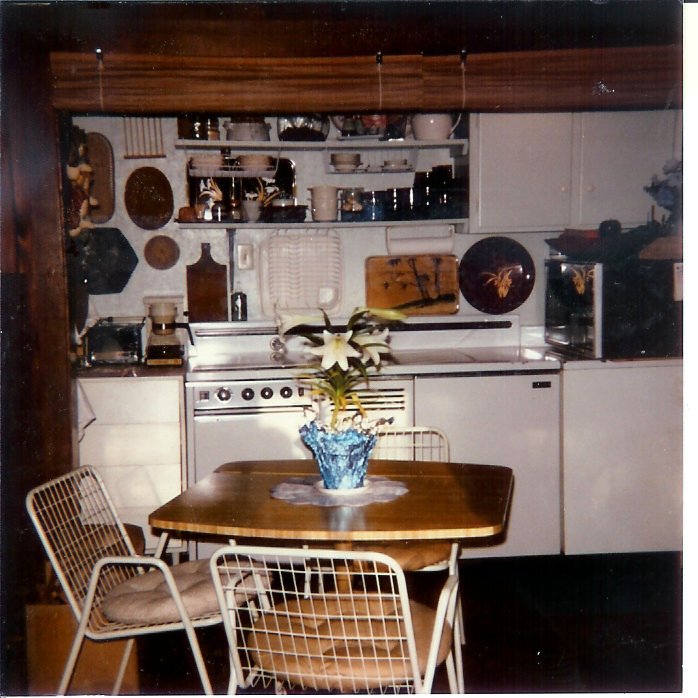The Hans Miller and Albert Burrows cabins will be the final article on “Bellevue’s Early Cabins”. They are located in Bellevue Parks, but not open to the public. Hopefully, at some future time, Eastside Heritage Center will be able to do outdoor programs at these sites.
Burrows Cabin, Rody Burrows on porch. (OR/L 79.79.533)
The Burrows cabin is the oldest of the five featured structures. In 1882, Albert Burrows filed a land claim on the east side of Lake Washington and built a 14 x24 cedar log cabin, chinked with clay and moss. Albert was a Civil War veteran from Iowa and this land was part of the Homestead Act. The area became known as Burrows Landing, just south of Chism Park.
In the 30s, the cabin was moved to Bellevue Way, near Bellevue Square, and later, in 1946, to a site on 112th Ave. NE. It remained a private residence until 2016 when it was transported to Chism Park. It is thought to be located near its original site and can be seen on the upper lawn of the park.
Miller Cabin at Robinswood Park, 1976. (L88.064.006)
The Hans Miller Cabin is found at Robinswood Park, its original location. The cabin was built in 1884 by a settler from Denmark, Hans Miller, and built quickly for immediate shelter. He also built a log barn a few years later. Both structures were built with axes and cedar trees.
In 1978, the city of Bellevue dismantled the cabin, and reassembled it on its original site. Most of the logs for the four walls are the original ones that Miller chopped down in the 1880s. The new shakes on the roof were hand-split like the originals. A floor was installed and unbreakable glass to help with the vandalism. Ed Kelly, Jerry Garrison, and Jim Fifer were responsible for the restoration work. It is still hoped that the cabin can be used at some future date.
Resources
Eastside Heritage Center Archives















